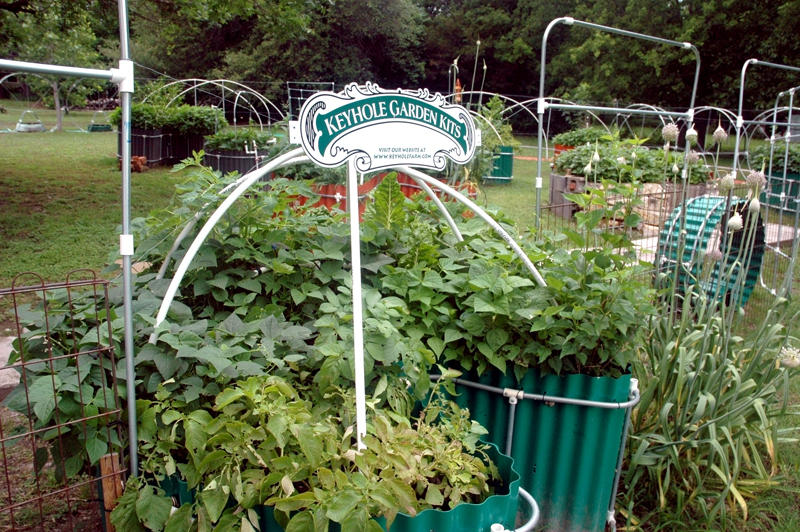 I spent an hour today (May 14) picking green beans that measured between three and five inches long. My keyhole gardens are filled with them and I topped off a good-sized bag with the harvest, similar to activity two days ago.
I spent an hour today (May 14) picking green beans that measured between three and five inches long. My keyhole gardens are filled with them and I topped off a good-sized bag with the harvest, similar to activity two days ago.
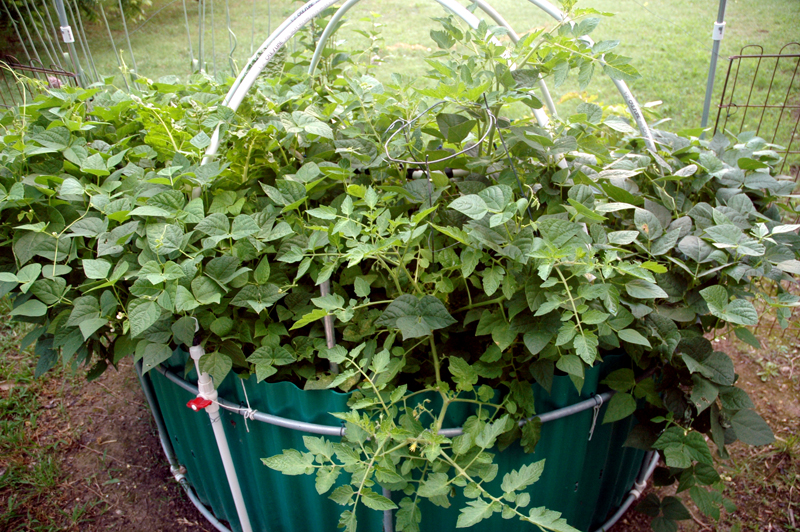 Some visitors stopped by after today’s “shopping” spree and we toured the gardens, which revealed I had missed a bunch of beans that are ready to pick. Since I planted them in waves, it will be bean picking time for several weeks.
Some visitors stopped by after today’s “shopping” spree and we toured the gardens, which revealed I had missed a bunch of beans that are ready to pick. Since I planted them in waves, it will be bean picking time for several weeks.
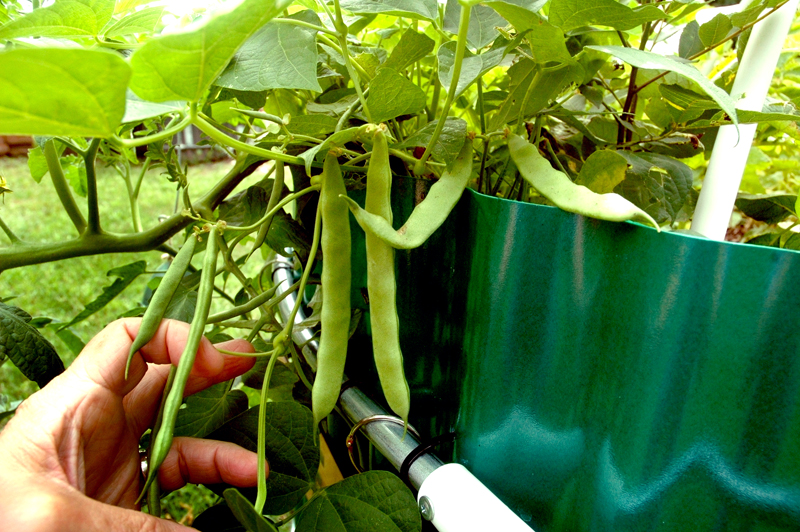 My other plants are looking good, too. For instance, it will soon be time to harvest the potatoes since the tops are starting to turn a little brown, my onions have fallen over so their harvest is near, and my tomato plants are very strong, with hundreds of tomatoes developing, though still green. Too, my garlic plants are “blowing their tops.”
My other plants are looking good, too. For instance, it will soon be time to harvest the potatoes since the tops are starting to turn a little brown, my onions have fallen over so their harvest is near, and my tomato plants are very strong, with hundreds of tomatoes developing, though still green. Too, my garlic plants are “blowing their tops.”
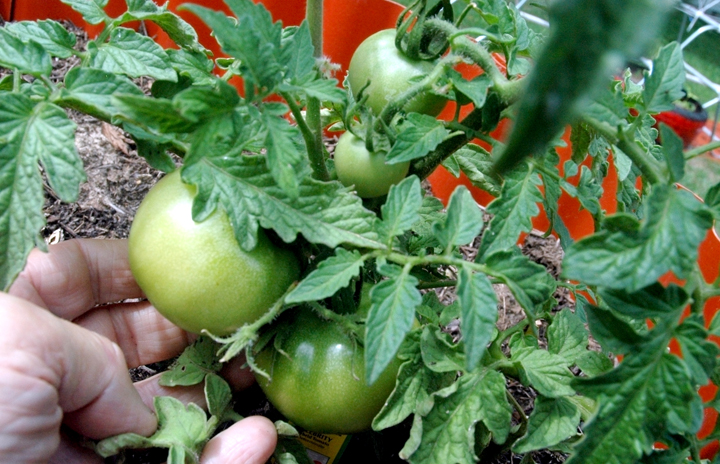 Here are a few random photos of my gardens the way they look halfway through May with a few close-ups of some crops.
Here are a few random photos of my gardens the way they look halfway through May with a few close-ups of some crops.
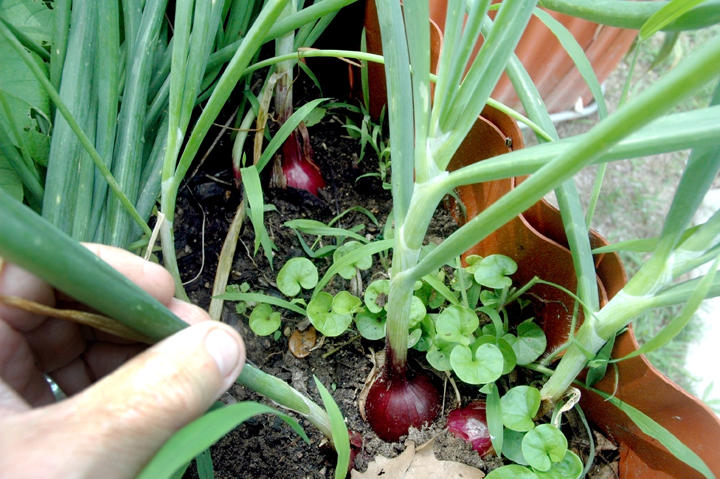 Just click on the image to enlarge and click off of it to reduce the size.
Just click on the image to enlarge and click off of it to reduce the size.
Since the last update, we have been trying to improve some of the jigs we use to manufacture our keyhole garden kits and have been doing a little remodeling between filling orders for the kits. Although spring is the busiest time for new keyhole garden starts, anytime is a good time to begin having your own backyard keyhole garden farm. Some crops grow well in the spring, but others do quite well in the summer, fall, and winter. When a crop runs its course, it’s time to replant a new round with offerings befitting the upcoming season.
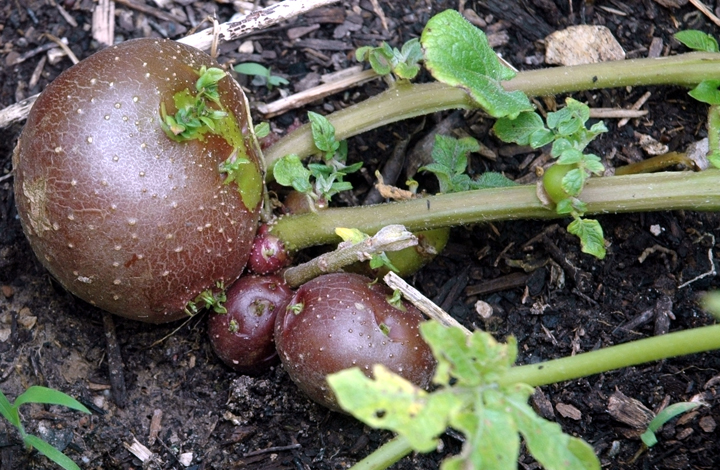 For me, I can’t wait to put some okra and black-eyed peas into the keyholes. They do exceptionally well in the hot summer, which is just around the corner.
For me, I can’t wait to put some okra and black-eyed peas into the keyholes. They do exceptionally well in the hot summer, which is just around the corner.
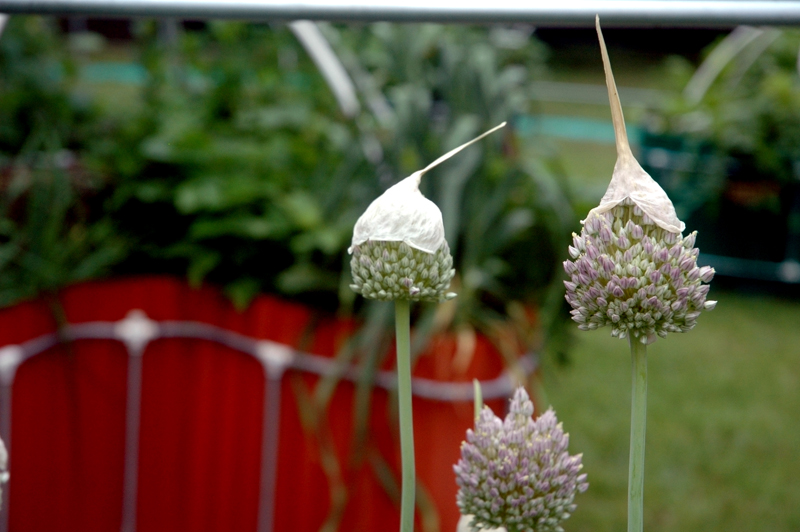 You may visit our “experiment” station. We ask for a heads-up so that we can be sure to be present to conduct the tour. Just e-mail smith@keyholefarm.com or call 254-652-9483 with an ETA.
You may visit our “experiment” station. We ask for a heads-up so that we can be sure to be present to conduct the tour. Just e-mail smith@keyholefarm.com or call 254-652-9483 with an ETA.
If you are new to this site, please note that to the left are listings of previous posts.
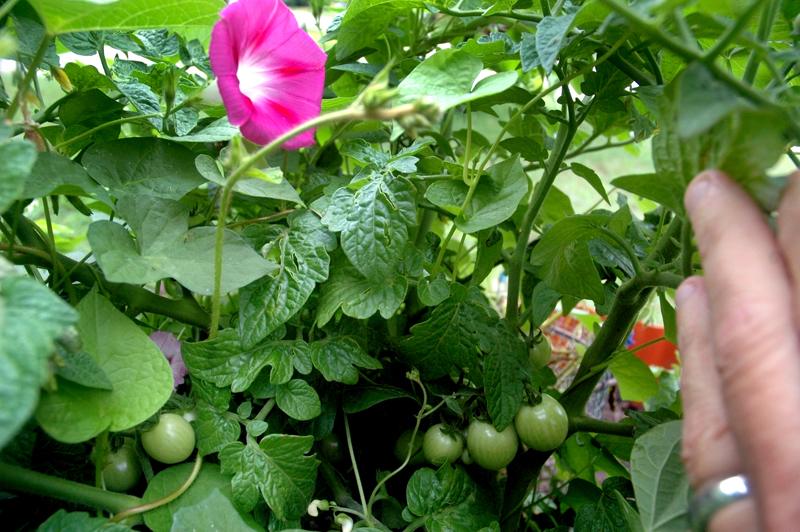 We try to provide monthly updates as to what’s going on with our gardens. This way it is possible to track what we are doing season to season and things we learn along the way.
We try to provide monthly updates as to what’s going on with our gardens. This way it is possible to track what we are doing season to season and things we learn along the way.
We especially like for youths to get involved in keyhole gardening. Several educational facilities have bought kits this year to teach kids about raising crops, which, to me, is extremely important.
It is a skill that will stay with them always, a real-world experience that teaches the beauty of Mother Nature’s universe.
A lot of creativity goes into this type of gardening. It can also help in the development of academic prowess, from geography to mathematics, from meteorological awareness to science, from soil development to caring for plants — agriculture at its best.

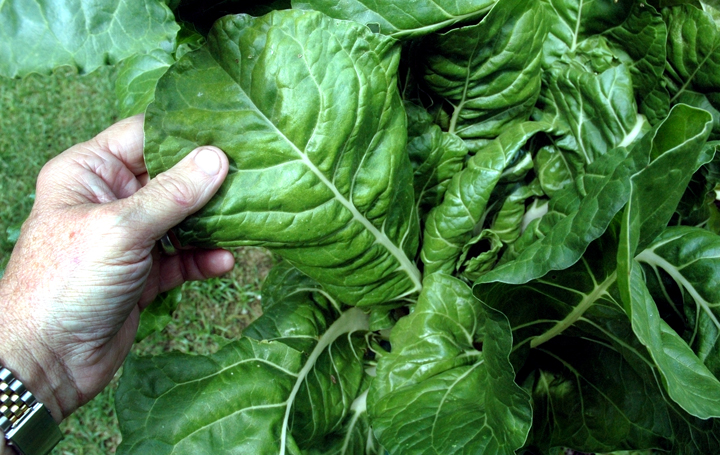 During a segment of history when the family farm has been vanishing, this is an opportunity to rekindle some of those experiences and learn the challenges of having your own backyard family farm, with a gardening system that produces excellent crops that can be harvested at their peak, when the nutritional and taste values are beyond compare.
During a segment of history when the family farm has been vanishing, this is an opportunity to rekindle some of those experiences and learn the challenges of having your own backyard family farm, with a gardening system that produces excellent crops that can be harvested at their peak, when the nutritional and taste values are beyond compare.
It is enjoyable to track the habits of butterflies and bees as they go about their chores and routines.
Backyard farms not only produce excellent food, but they are also somewhat like sanctuaries, or islands of beauty that feast on recycling.
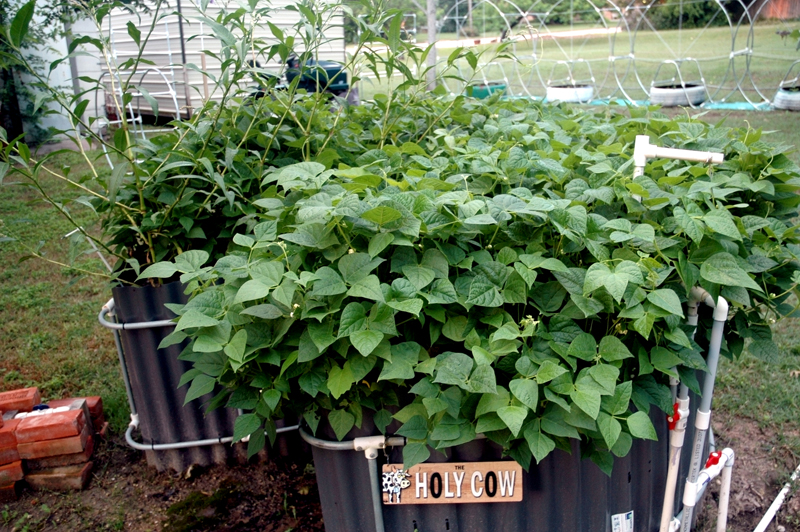 They are a quiet place to get back to nature while accumulating a resounding sense of accomplishment at the same time.
They are a quiet place to get back to nature while accumulating a resounding sense of accomplishment at the same time.
Some of the advantages of keyhole gardening include the conservation of water, compact planting, easiness on the back (less bending over), minimal (if any) weeding, the ability to feed the circular-shaped raised-bed gardens in its internal recycling basket with food scraps to provide natural nutrients for the crops, harvesting at the peak for exponentially more nutritious and tasty crops, control of the soil by utilizing cardboard, twigs, and leaves as part of the ingredients that enhance the growing capabilities of plants, and, of course, the experience itself.
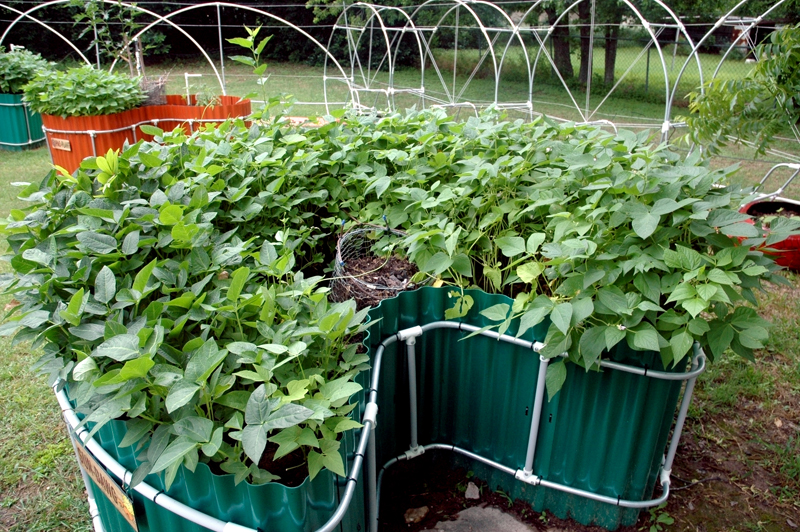
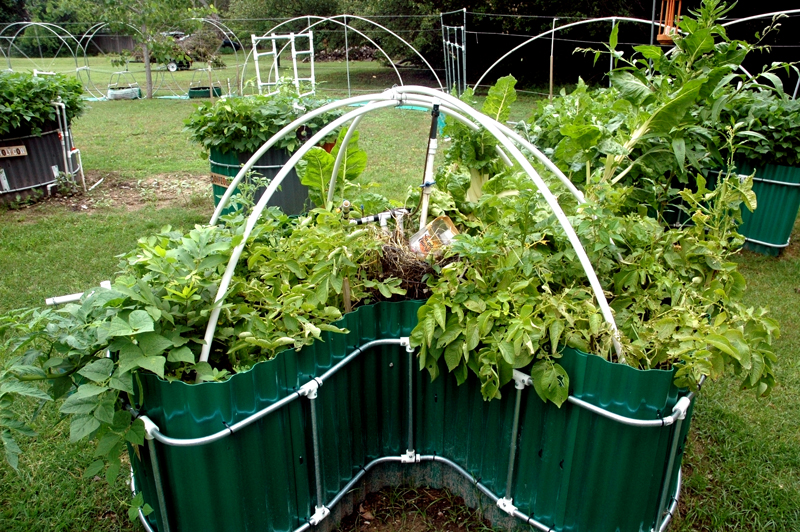 I mentioned last month that we are eager to delve into putting a few of our keyholes in a third-world country where a lack of food is a major issue. Perhaps instead of just providing a bowl of rice, we could set up a keyhole farm system whereby they could constantly raise some of their own crops. If anyone has any ideas how this could be developed, I would appreciate your getting in touch with me.
I mentioned last month that we are eager to delve into putting a few of our keyholes in a third-world country where a lack of food is a major issue. Perhaps instead of just providing a bowl of rice, we could set up a keyhole farm system whereby they could constantly raise some of their own crops. If anyone has any ideas how this could be developed, I would appreciate your getting in touch with me.
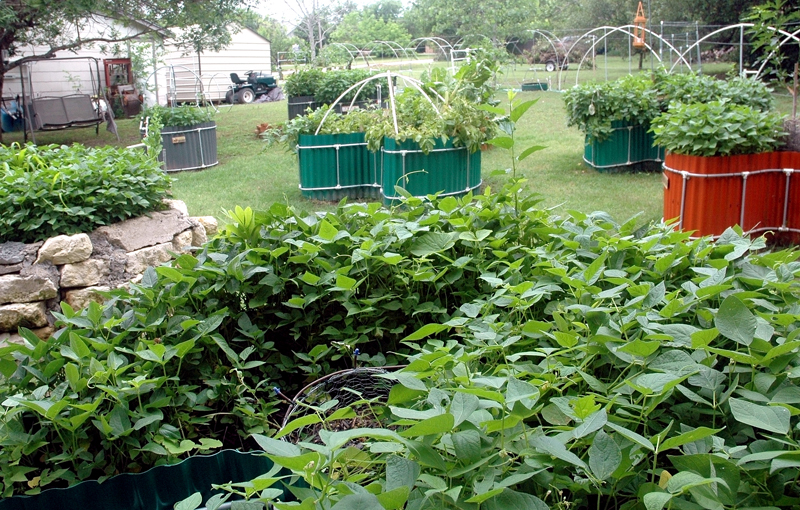 Personally, I view the possibilities of striking down world hunger in this manner as enormous, maybe something that the younger generations who learn the techniques of keyhole gardening could extend throughout the world as years go by. It is the perfect system, so why not share it?
Personally, I view the possibilities of striking down world hunger in this manner as enormous, maybe something that the younger generations who learn the techniques of keyhole gardening could extend throughout the world as years go by. It is the perfect system, so why not share it?
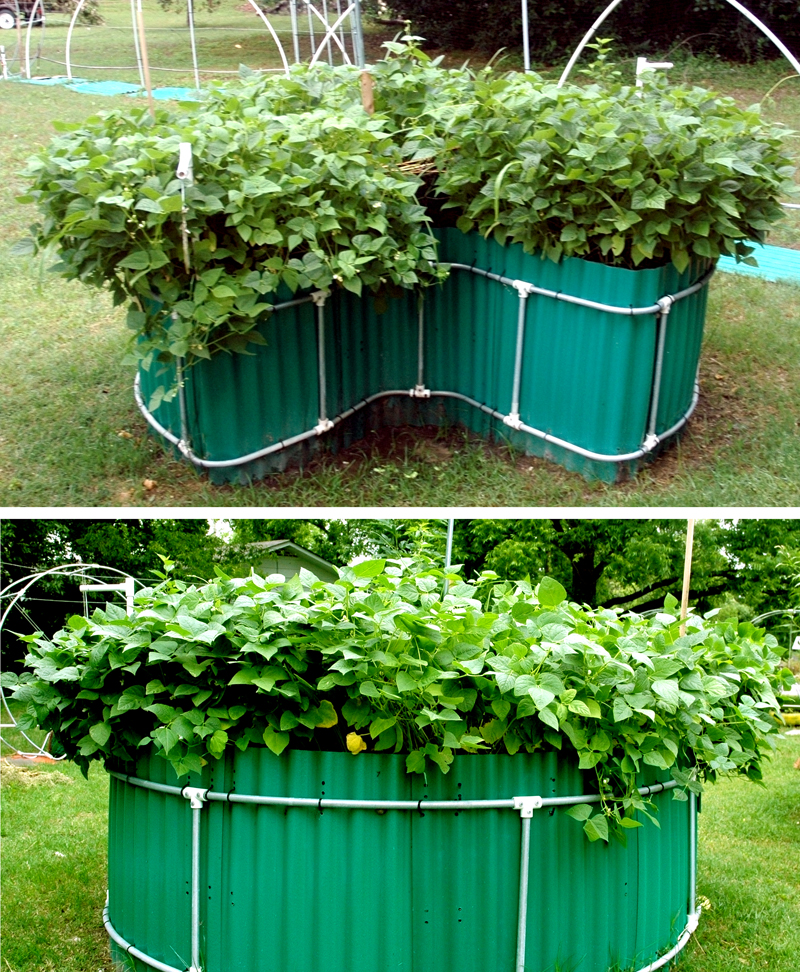 Also, last month I was interviewed on Beyond 50 Radio, based in Portland, Oregon. Here is the YouTube link, in the event anyone wants to listen to it: https://www.youtube.com/watch?v=9geh6fL2ALE. I was questioned about my book, “Plant Your Garden In A Keyhole,” which is available through Amazon. There is also a Spanish version, “Plante su Jardin en un Ojo de la Cerradura.”
Also, last month I was interviewed on Beyond 50 Radio, based in Portland, Oregon. Here is the YouTube link, in the event anyone wants to listen to it: https://www.youtube.com/watch?v=9geh6fL2ALE. I was questioned about my book, “Plant Your Garden In A Keyhole,” which is available through Amazon. There is also a Spanish version, “Plante su Jardin en un Ojo de la Cerradura.”